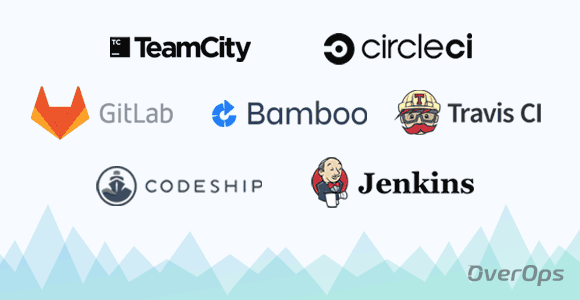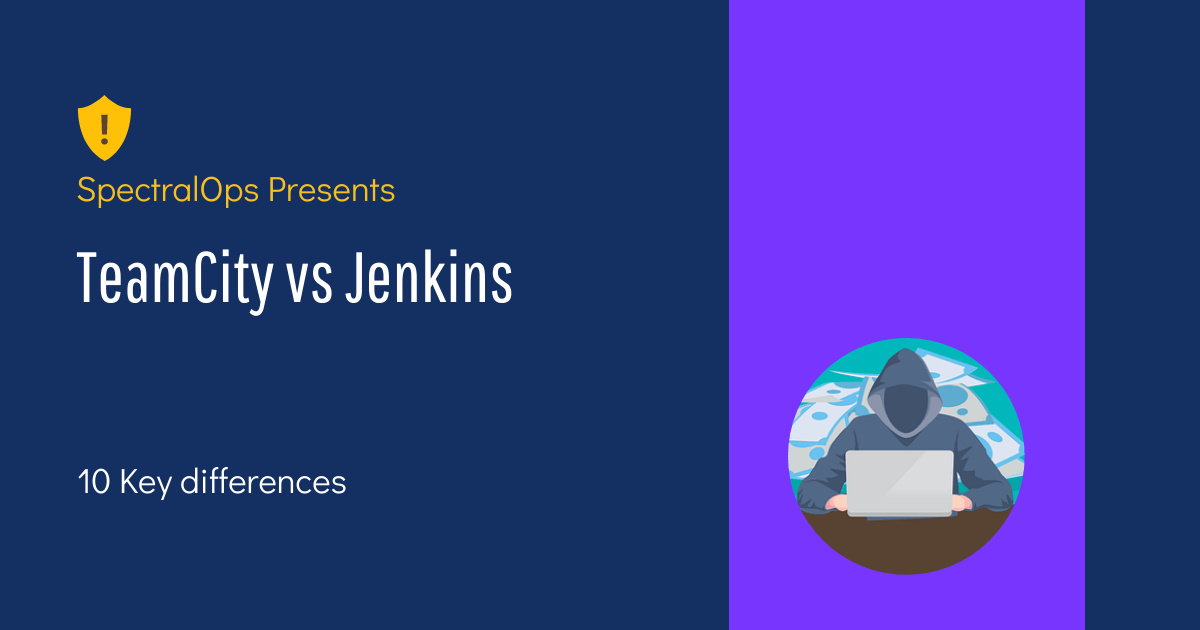
MetaDefender for TeamCity checks your TeamCity builds for malware and verifies anti-virus alerts to minimize false positives before you release your application to the public. Powered by the advanced cybersecurity prevention and detection technologies of MetaDefender, OPSWAT’s MetaDefender plugins for TeamCity and Jenkins help secure your team’s build artifacts with more than 30 leading anti-virus engines.

TeamCity and Jenkins are two popular build automation tools used in the CI/CD pipeline. Secure your CI/CD Pipeline with MetaDefender Plugins for TeamCity and Jenkins In other words, DevSecOps allows room for automation, faster release cycles, shorter feedback cycles, and early prevention of security holes that can be fixed sooner than later.
TEAMCITY JENKINS SOFTWARE
It’s organization-wide accountability to have the right security overlay and audit tools to flag the gaps for corrective actions throughout the software development process. Security is embedded end to end, rather than letting the responsibility rest on the shoulders of cybersecurity teams.

The DevSecOps approach enables teams to incorporate security in the earliest phases of their SDLC or CI/CD pipeline. So how do teams manage and mitigate third-party risks throughout their SDLC? The answer is to incorporate security earlier in the DevSecOps workflow.

Shifting Left in DevOps: Apply Security Early in the SDLC Figure: Apply security early in the software development life cycle to mitigate risks What is worse is that the more security problems arise, the more likely it is for security teams and professionals to encounter bottlenecks in the application delivery process and slow down CI/CD pipeline. With the complexity and multi-layered nature of these applications come a great deal of components that need securing. More security issues may surface in more complex scenarios, for example, if applications run in containers, a cloud platform, or Kubernetes clusters. All this leads to a wider attack surface, putting organizations and their customers’ data at risk.īecause contemporary software development involves CI/CD, it adds even more components into their SDLCs, which means more data is in jeopardy.
TEAMCITY JENKINS CODE
Additionally, different teams use third-party libraries or OSS to extend or build upon the existing code to create new functionalities. Modern applications built on top of microservices use APIs to communicate between applications. We have shifted from legacy monolithic applications to microservices architectures. In fact, 90% of IT organizations across the world are using enterprise open source today.Īpplications have evolved over the past decades.
TEAMCITY JENKINS VERIFICATION
Such perils are related to the increasing reliance on third-party software in Continuous Integration and Continuous Delivery (CI/CD) for faster time to market, on pre-existing code such as Open-Source Software (OSS) or other software publishers, and the lack of verification processes. The risks associated with third-party software is one of the primary problems that IT teams are trying to mitigate. Protection of source code and artifacts is a prime concern nowadays among software development teams looking to secure their Software Development Life Cycle (SDLC). For example, threat actors can insert malware into the Python Package Index (PyPI) repository, exposing thousands of software development teams and leaving their source codes open to threats.Ĭybercriminals have been looking for novel ways to find vulnerabilities to exploit, embed malware into CI/CD pipelines, and create backdoors into the building blocks which eventually endanger your infrastructure foundation and the entire application.

Attacks on software supply chains can dramatically expand the potential distribution of malware.


 0 kommentar(er)
0 kommentar(er)
